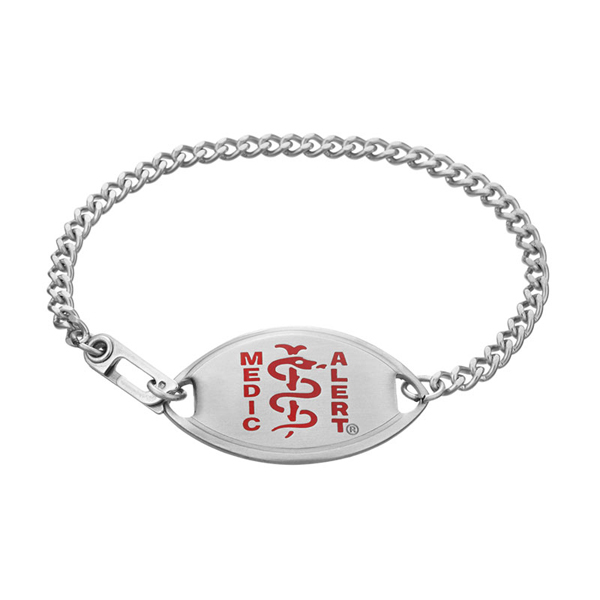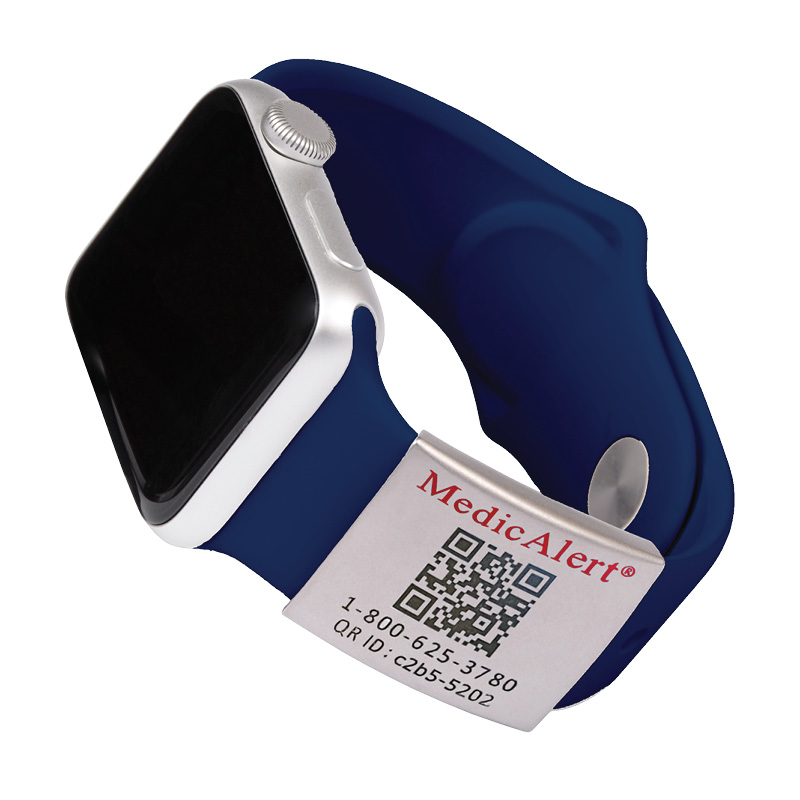Being a caregiver for a loved one with a medical condition is a constant juggling act of responsibilities to manage your life and theirs. Throw in kids and a full-time career, and you’re probably in a perpetual state of exhaustion and worry. So how do you put your mind at ease? How do you help your loved one stay healthy and independent while still keeping them safe and protected?
Some useful tools for your caregiver’s toolkit are a medical ID and a medical alert system. Both can help those you care for live their best lives, while giving everyone a measure of peace of mind.
Medical IDs and medical alert systems are both wearable devices, but with distinct differences. Both help your loved one in an accident or medical emergency, in different ways. And sometimes, both together can provide an extra layer of safety and security for your loved one and you as a caregiver.
A medical ID is often a piece of jewelry like a bracelet or necklace engraved with important medical information. First responders are trained to look for medical IDs to learn of a patient’s medical condition and any special needs. Medical IDs help the wearer get better, faster care in an emergency by speeding the time to diagnosis and treatment.
A medical alert system is a wearable device with a button that when activated, summons help in an emergency. Depending on how you set up your contact list, that help could come from a caregiver, neighbor, or first responders. Medical alert systems are often used by seniors who live alone, or people at risk for falling.
People often think medical IDs and medical alert systems are the same thing. They’re not. They both provide help in an emergency, but in different ways. Many people also think they have to choose one or the other. They don’t! Medical IDs and medical alert systems actually complement each other very well.
That’s why we took a deep dive into their differences, benefits, and and why both are equally important to a caregiver as well as the wearer.




